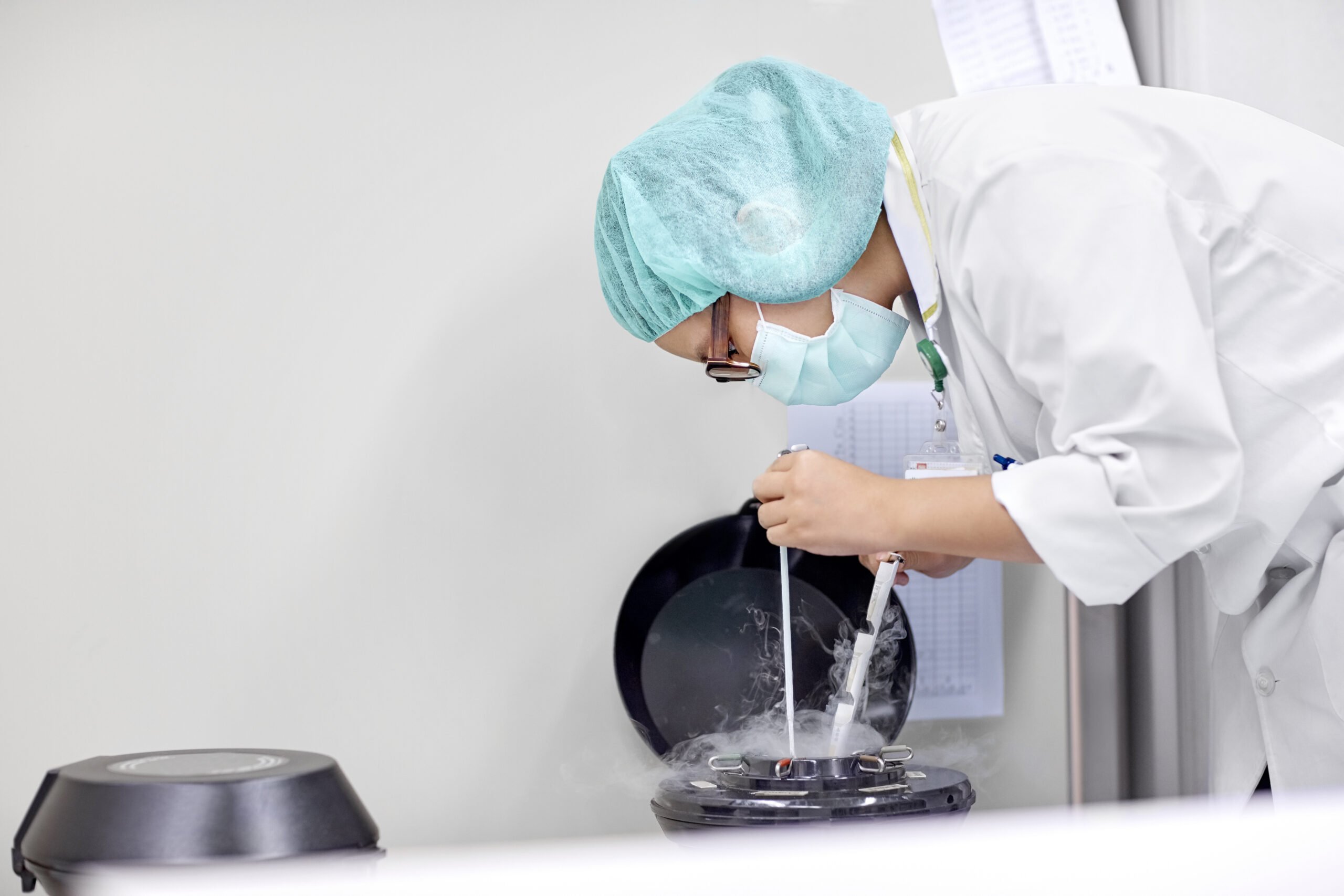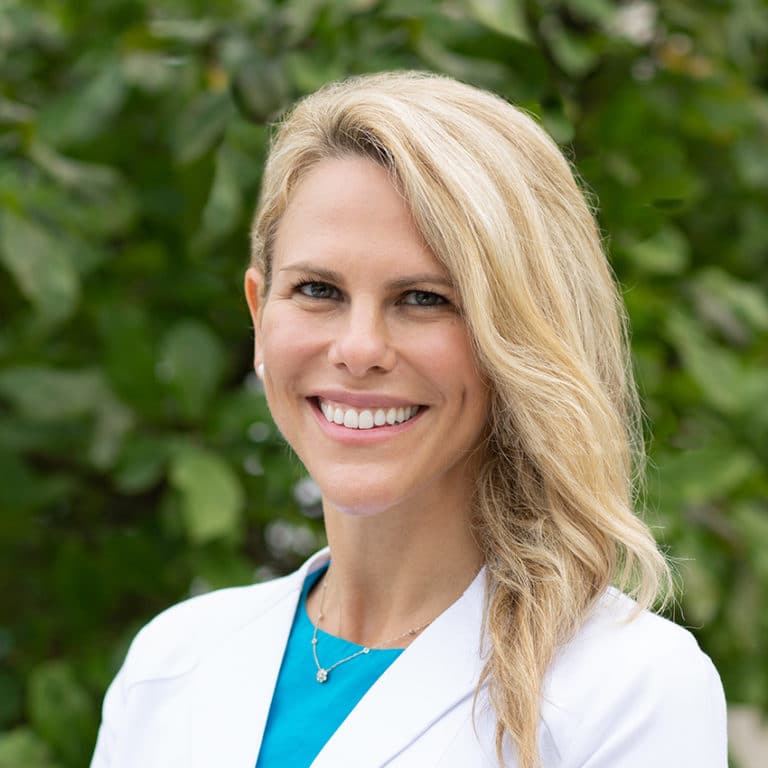Once an egg-freezing patient is ready to conceive, questions may come to mind about what steps to take next. SGF Atlanta’s Dr. Valerie Libby, a fertility specialist who chose to freeze her eggs while pursuing her career, answers questions and provides advice for those with frozen eggs in storage who are now ready to start trying to build their family.
When you are ready to start trying to conceive and have frozen eggs, Dr. Libby provides the following steps:
1. Consider your current age versus your age when your eggs were frozen.
Age is the number one indicator of female fertility. The chances of miscarriage and chromosomal abnormalities increase with age. Egg freezing postpones that ticking biological clock, though, so if you froze your eggs at a much earlier age, it might be best to use your frozen egg to increase chances of a successful pregnancy. Talk with your physician about your age-related risk of miscarriage and chromosomal abnormalities versus your age when you froze your eggs.
If you and your physician decide it is best to use your frozen eggs to optimize success, it will then be time to create embryos.
2. Schedule an appointment
The first step to using frozen eggs would be to schedule an appointment with your SGF physician to discuss your course of treatment, timeline, and how many eggs to thaw. If you plan to create embryos with a male partner, they will need to attend the consultation.
3. Have your partner complete male fertility testing (if applicable) or begin finding donor sperm
A male fertility evaluation involves a full medical history and physical. A thorough review of any childhood medical issues, ongoing medical treatments, current medications, as well as sexual functioning can often reveal risk factors for male factor fertility problems. Male fertility testing requires a simple semen analysis, a non-invasive, low-cost test of a semen sample to assess the sperm’s ability to fertilize an egg.
Single women and same-sex female couples may be proceeding with using donor sperm to fertilize frozen eggs. You can arrange for sperm through one of several national certified sperm banks where donors are appropriately screened, and the sperm is quarantined. Learn more about donor sperm, here.
4. Complete genetic carrier screening
SGF recommends pre-pregnancy genetic carrier screening. Genetic screening enables you to examine your genetic background for recessive genes that could possibly affect your future children.
5. Fertilize eggs with sperm and consider PGT-A testing
When you are ready to use your frozen eggs, either some or all your eggs will be thawed and then fertilized using intracytoplasmic sperm injection (ICSI). ICSI is necessary as the coating that surrounds the egg is hardened when it’s frozen. This process involves selecting a single sperm and injecting it into the egg for it to fertilize.
You may also consider Preimplantation Genetic Testing for Aneuploidies (PGT-A) testing. PGT-A testing looks for chromosomal abnormalities which may lead to miscarriage or genetic disorders. Learn more about genetic testing for embryos, here.
6. Prepare for an embryo transfer
Dr. Libby recommends you start taking prenatal vitamins and Vitamin D3 when you are getting ready for an embryo transfer.
When you are ready for an embryo transfer, in our standard protocol, you will begin taking estrogen to thicken the endometrial lining – preparing your uterus for the embryo to implant and grow. When the lining is thick, you start progesterone. After you have been on progesterone, we transfer the embryo inside the uterus.
The embryo transfer is a simple procedure that takes about 5 minutes to complete. There is no anesthesia or recovery time needed following an embryo transfer and patients are able to watch the procedure right on their ultrasound screen, witnessing the journey of their embryo in real-time. This can be a very special moment.
Egg freezing can help create flexibility in future family planning. SGF has seen a major increase in egg-freezing cycles in recent years and has been proud to be a part of important fertility preservation conversations.
Medical contribution by Valerie Libby, M.D., MPH
Valerie Libby, M.D., MPH, FACOG, earned her medical degree from the University of Texas Health Science Center at San Antonio. She graduated from the University of Texas at Austin Honors Program studying Psychology and Spanish. She then earned a Masters in Global Public Health from George Washington University where she served as a fellow in Kenya for the Global Health Service.







